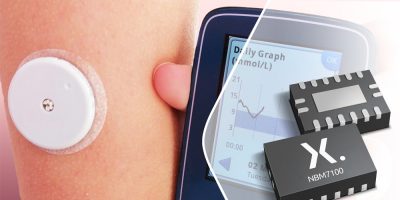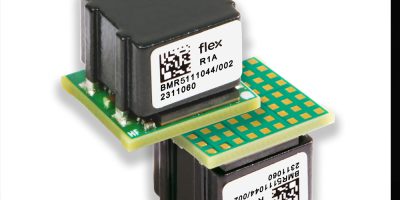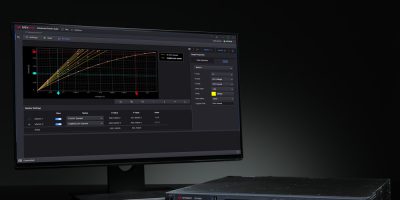The NBM7100 and NBM5100 are battery life boosting ICs designed by Nexperia to extend the life of a typical non-rechargeable lithium coin cell battery by up to a factor of 10 compared to competing solutions. It also increases peak output current capability by up to 25x compared to what a typical coin cell can deliver without a battery booster, said the company. This extension in working life will significantly reduce the amount of battery waste in low power IoT and other portable applications, claimed Nexperia. It will also make coin cells a viable power source for applications which could previously only operate from AA or AAA batteries.
CR2032 and CR2025 lithium coin cells have high energy density and a long shelf life, which means they are typically used in low power applications, including devices with low power Wi-Fi, LoRa, Sigfox, Zigbee, LTE-M1, and NB-IoT transceivers. The batteries have relatively high internal resistance and chemical reaction rates, however. This can reduce their usable capacity when under pulsed-load conditions. Nexperia designed the NBM7100 and NBM5100 containing two high efficiency DC/DC conversion stages and an intelligent learning algorithm.
The first conversion stage transfers energy from the battery to a capacitive storage element at a low rate. The second stage uses the stored energy to provide a regulated (programmable from 1.8 to 3.6V) high pulse (up to 200mA) current output.
The intelligent learning algorithm monitors the energy used during repetitive load pulse cycles and optimises first stage DC/DC conversion to minimise the residual charge in the storage capacitor. In standby state, these devices consume less than 50nA.
Both devices are specified over a temperature range of -40 to +85 degrees C, making them suitable for commercial indoor and industrial outdoor environments. A low battery indicator alerts the system when the battery reaches its functional endpoint. Brownout protection inhibits charging of the storage capacitor when the battery is near the end of its life.
A serial interface is included for configuration and control by a system microcontroller. This is I2C in NMB7100A and NBM5100A and serial peripheral interface (SPI) in NMB7100B and NBM5100B versions.
The ICs can extend the lifetime of energy dense lithium primary batteries, including coin cells, lithium thionyl (ex: LS14250 1/2 AA) and emerging paper printed battery types.
The NBM5100A/B additionally includes a capacitor voltage balancing pin for super-capacitor-based implementations.
The NBM5100A/B and NBM7100A/B battery boosters are available in a small DHVQFN16 package measuring 2.5 x 3.5 x 0.85mm.







